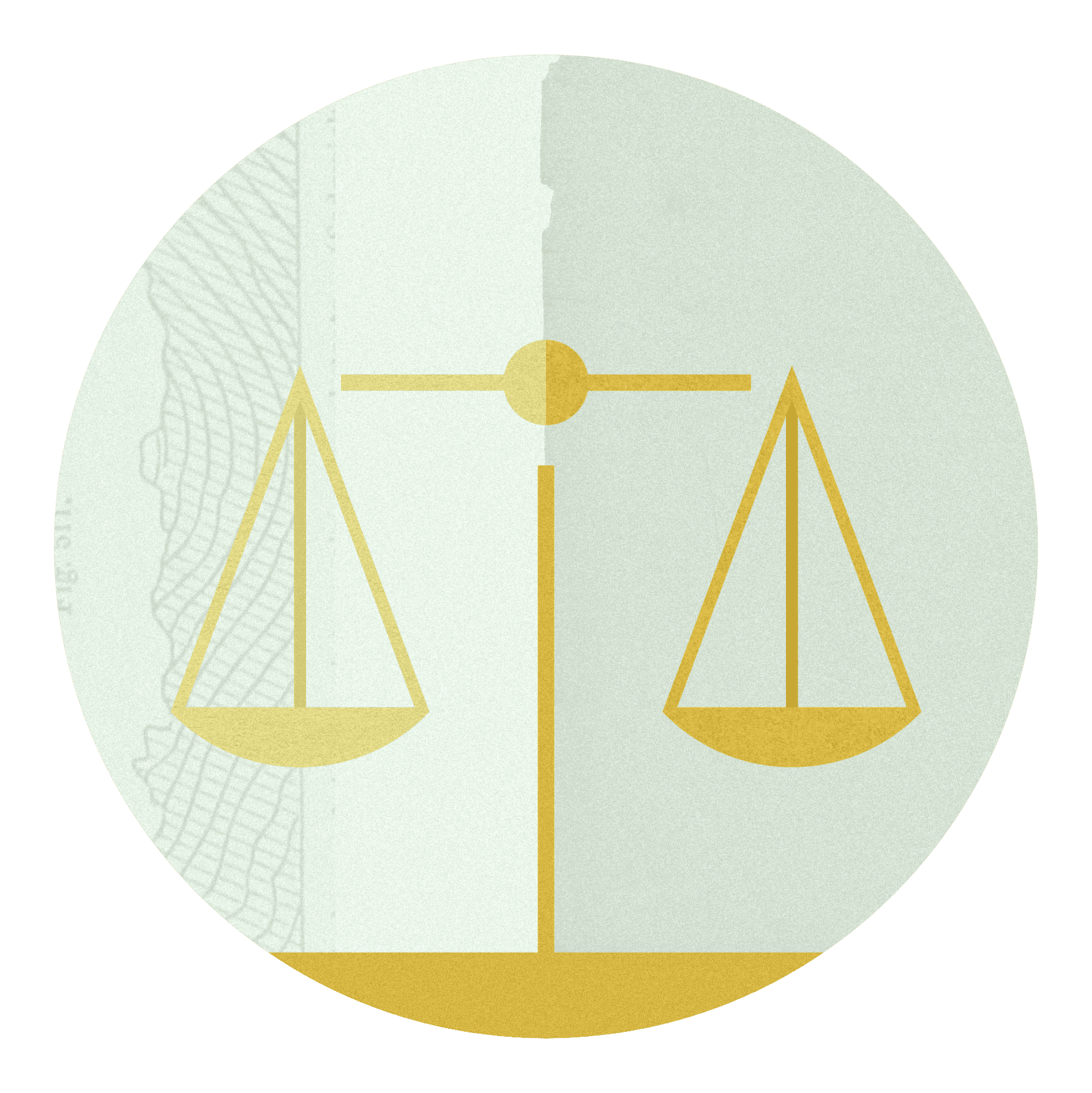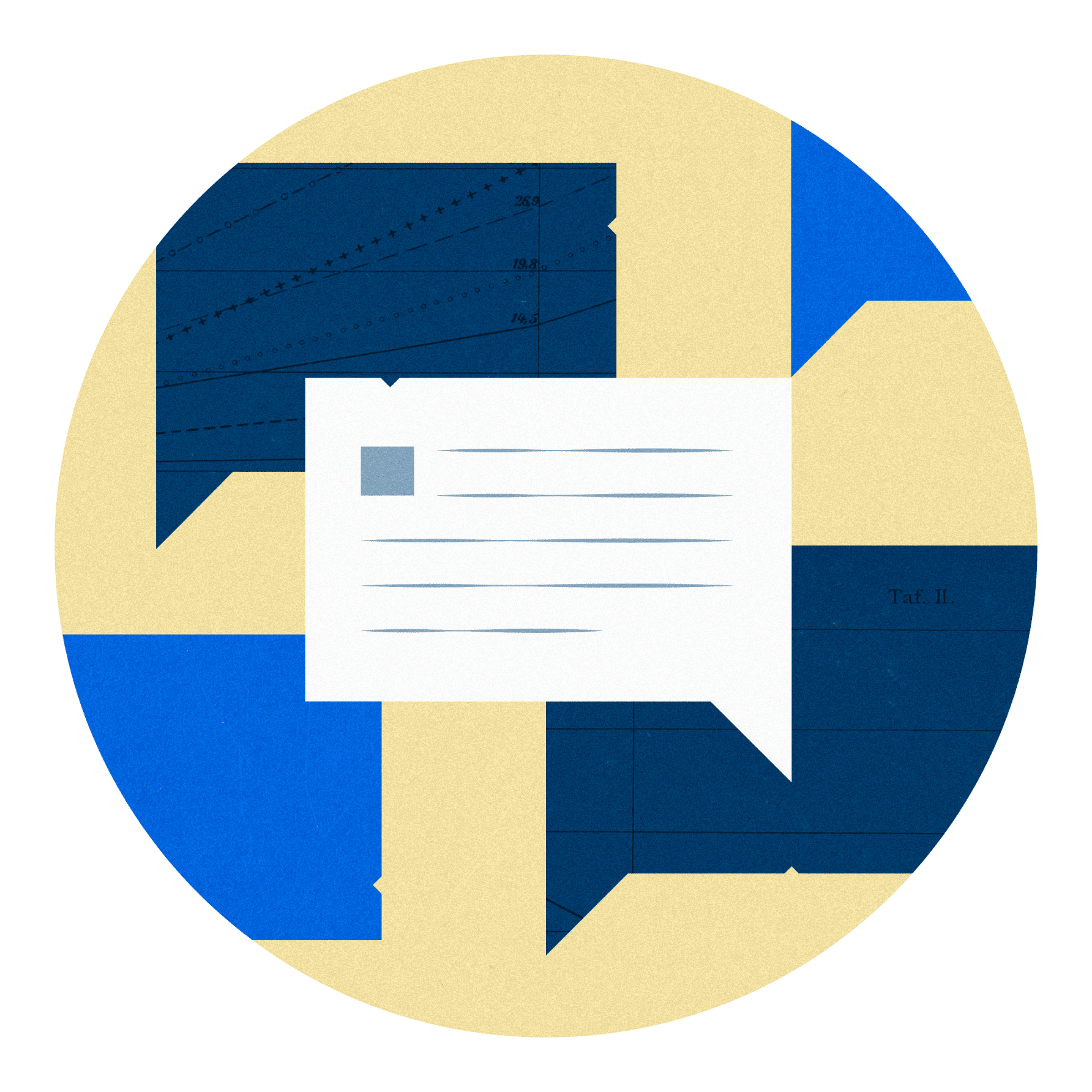You’re an 11th grader. Instead of doing your homework last night, you stayed up late streaming Stranger Things. What is the opportunity cost of going to Starbucks this morning for a caffeine infusion and missing your first period class…where the teacher gave a pop quiz?
That’s the kind of risk-reward scenario a high schooler can identify with. Such real-world situations are at the core of the update of the Junior Achievement USA (JA USA) Economics curriculum, which is taught to 30,000 students in 1,200 classrooms across the United States. The 16-week course has just been revamped to employ more digital tools and applicable economics lessons.
Janna Robinett is a fan. She’s been teaching economics for 25 years and piloted the new curriculum at Rock Canyon High School in Highlands Ranch, Colorado, last spring. Real-life examples make it easier to teach the principles and critical thinking behind concepts like opportunity cost, she says.
The updated course is just the latest offering from JA USA, which has a long history of getting students financially literate and career-ready. The nonprofit, which is celebrating its centennial this year, reaches nearly five million students, K-12, nationwide.
JA Economics is a one-semester, teacher-taught course for students in grades 11 and 12 that examines fundamental concepts of micro, macro, and international economics. When it launched in 1981, this curriculum was the only semester-length JA USA program. Now there are ten, from JA Be Entrepreneurial to JA Excellence Through Ethics.
Robinett’s favorite aspect of the revamped curriculum are the project-based activities. “We’re not just talking at the students. Instead, we are giving them the information, and they’re getting small examples to understand the concepts,” she says. “And then, with every unit or theme, there’s a larger project that teachers have the option to use, to say, ‘you’ve learned this information, now let’s apply it in a real-world setting.’” Teachers can supplement tutorials with online materials like videos and interactive games.
The former curriculum was in desperate need of an update, says MC Desrosiers, SVP of Education and Learning Technologies at JA USA. “The redesign follows an internal innovation process, which goes through rigorous discovery, design, development testing and more, before rollout into the market.”
The program was tested for two semesters to evaluate the content and usability, soliciting feedback from educators and students across the country. “It’s really a 360 process,” says Crystal Law, Director of Financial Literacy Experiences at JA USA. “Getting all the feedback throughout the pilot process, we think about it as a learning environment: educator, volunteer, student. It takes time and a systematic approach.”
Enhancements and updates include an eBook, videos, interactive content and games, updated volunteer models and a new, modern design. The redesign aims to give students a range in perspective: starting with the individual and then widening the net. “What does economics mean to me, to my family, to my community, my city and state, and then globally,” Law explains.
“Students can take it home with them, and that’s really nice,” says Jill Martin, a 20-year JA Economics teaching veteran at Austintown Fitch High School, who piloted the new curriculum this past fall. And students like Jordan Lakomy, who attends Rock Canyon High School, are fans: “I like how you can access it from different points, like my computer here, like anywhere, basically.”
The take-home aspect, both Robinett and Martin point out, fosters engagement and gives greater flexibility. Students can download lessons to read on their phones or tablets.
“A lot of it is hands-on activities, like a case study given to the students that is a real-world business issue related to that concept,” Desrosiers says. “Having those activities online or projected on-screen is a fun way to engage the students. It’s not just written down on a piece of paper.”
But there’s nothing like teaching via a situation teenagers actually face. Say, your parents gave you $20 to go out to lunch this week, but you have a free food account at school. If you choose to leave campus and spend that money at a restaurant, what is your opportunity cost? By the semester’s end, JA Economics students will know.











